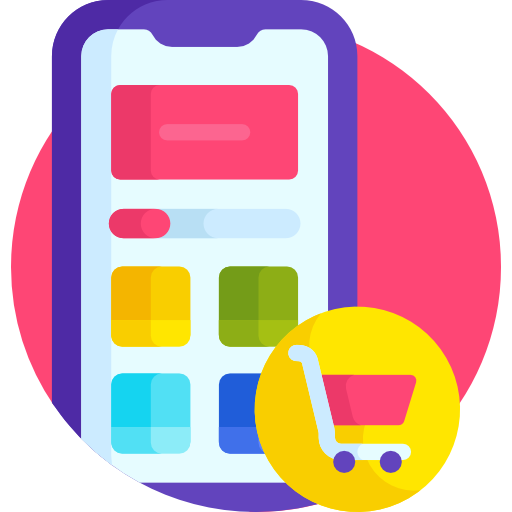The tools that power the retail and service sector are evolving. At the center of this development is the contemporary POS point of sale system, that combines software and hardware that go well beyond cash registers and receipts. It’s not just about collecting payment. The Point of Sales Experience now is focused on operational intelligence, customer insight, and seamless integration throughout the enterprise.
POS Software: The Heart of the System
While traditional systems can manage basic transactions but point of sale POS software functions as an operational center. It keeps track of inventory as it’s sold, automatically adjusts stock levels and sends alerts when products are low. It records the history of sales and customer preferences. Every transaction is converted into a valuable record for future marketing decisions and purchasing.
One of the least-known features of a good POS system is its capacity to connect the dots among different departments. Instead of managing payroll on its own for instance, certain systems include time clock functionality which directly informs employee schedules and wage calculations. This creates an efficient workflow, with less administrative issues.

POS software comes with a synchronization feature that is crucial for companies that have both a local and online presence. In-store products can be synchronized with online inventory in real-time and prevent double-selling. With the shift towards shopping with a hybrid approach where customers browse on the internet and purchase in-store this unified approach is essential.
Why Integration Matters More Than Ever
Modern POS systems are an excellent example of integration. There is no longer a need to “talk” between multiple tools. A reliable POS platform is defined by its capacity to link sales, inventory management, staff management as well as accounting.
For example. A simple scan at checkout will show the loyalty points of a customer as well as apply discount coupons to relevant items, and send an electronic receipt to their inbox without slowing down the line. The same transaction also updates the revenue figures, inventory levels as well as daily reports on the backend. This lets you enjoy a more personal shopping experience while also reducing mistakes and manual input.
Business owners and managers alike appreciate this type of data extremely valuable. This precise, real-time information allows managers to respond faster to changes in demand patterns, adjust pricing strategies and to staff their teams appropriately during peak times.
A Smart Investment with Long-Term Payoff
There are many reasons more business owners invest in POS software. The software can provide tangible ROI. It’s not just in speed and accuracy, but in the way they support better decision-making and growth over the long term. A well-designed point-of sale system can help streamline operations, and help you discover patterns that might have missed.
Furthermore, as the increase in expectations from consumers that a modern point of sale setup becomes an important but unnoticed element of the consumer experience. Nowadays, customers are demanding speedy checkouts, accurate stock updates and adaptability in electronic payments. Companies that are able to meet these aspects earn more respect and repeat visits.
Final Thoughts
Modern POS system is much more than a check-out tool, it’s an interface between your product, your staff and customers. The right point of sale POS software helps you understand your business on a deeper level, offering clarity in decision-making and efficiency in execution.
In a competitive market staying ahead of the curve means being well-informed, agile and customer-centric. If you have a sophisticated and integrated POS system on your side, you not only are you generating sales, but you are also making something that will last.

